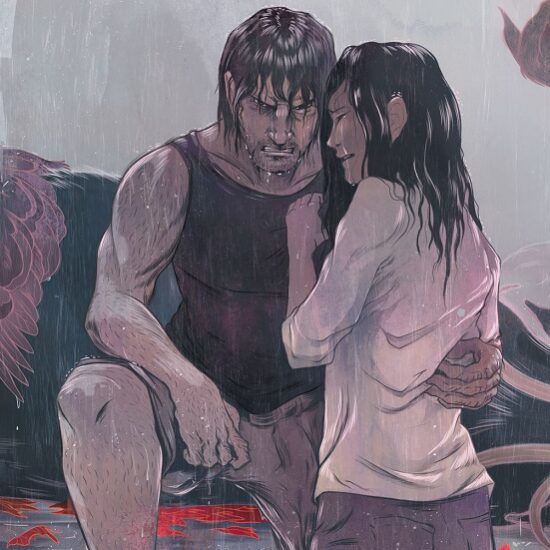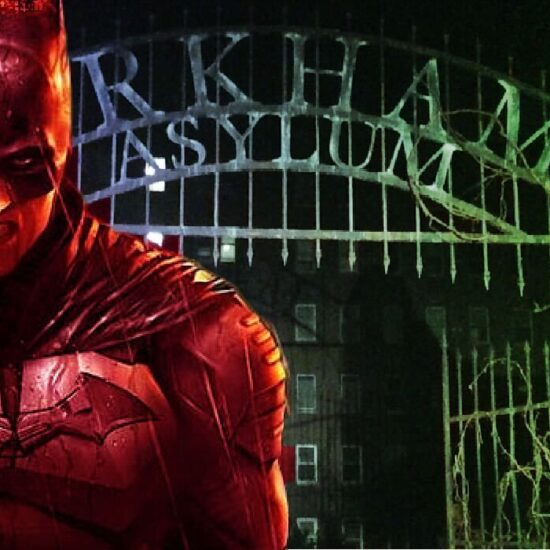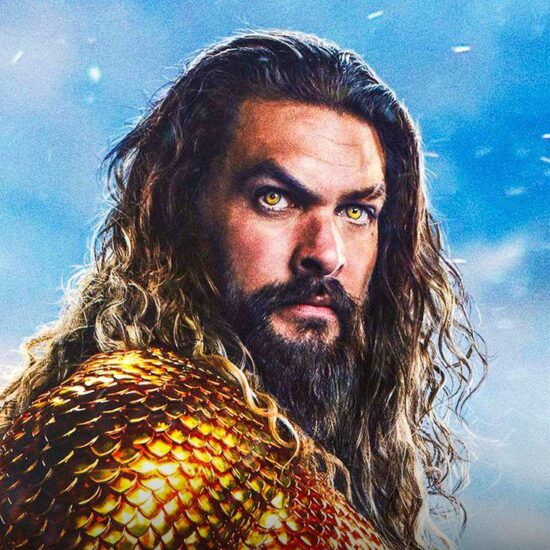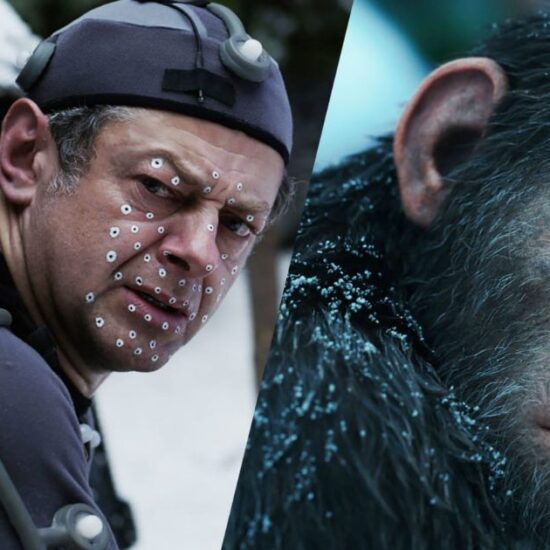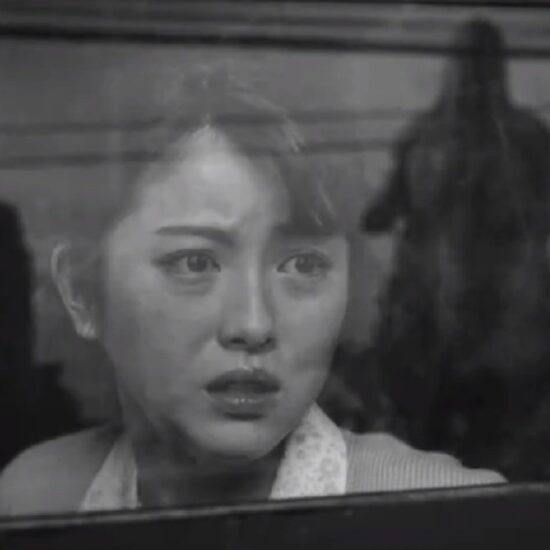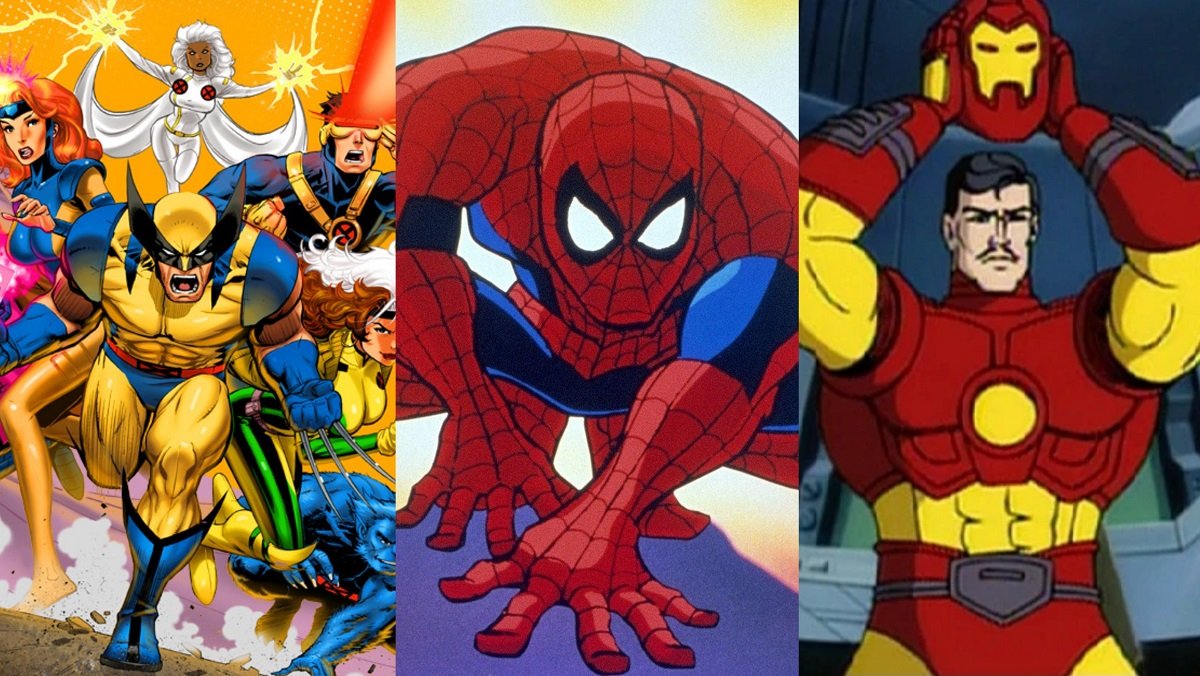
Fifteen years ago this week, the Marvel Cinematic Universe launched with the arrival of Iron Man in theaters. A decade and a half later, the MCU is the biggest live-action movie and TV franchise in history. Its success, as well as the success of the earlier non-MCU Marvel-based films like X-Men and Spider-Man, took many in Hollywood by total surprise. It took years to get Iron Man and the rest to go from comic to screen, and studio after studio passed on what now seem like no-brainer ideas. But the groundwork for a successful media of shared Marvel heroes happened nearly two decades before Tony Stark said the words “I am Iron Man.” And it all happened on Saturday morning and weekday afternoon TV with ’90s Marvel cartoons.
The Fox Kids Marvel Revolution
Of course, it all really began with the comics. In the ‘80s and early ‘90s, Marvel Comics was the king of comic book publishers. For much of that decade, Marvel’s two biggest sellers were consistently Uncanny X-Men and The Amazing Spider-Man. These titles were so huge, that in 1990 and 1991, Marvel relaunched both Spider-Man and X-Men with new #1 issues, which collectively sold 10 million copies. So one would think this success would lead to animated shows. Well, not so fast there.

Regardless of this runaway comic book success, it was a battle for X-Men to make it to air. Margaret Loesch, a veteran TV executive, saw X-Men’s hit potential with kids. But not one executive at Fox believed in it. They just didn’t get it, thinking comics were too confusing and esoteric to translate to children’s TV. Eventually, Loesch staked her reputation on X-Men being a hit, and the network reluctantly agreed. They told her if X-Men didn’t click, it would be the end of her tenure at Fox. Not only did it click, but X-Men also helped push Fox Kids from fourth place in the ratings to first place almost instantly.
X-Men Launches the MAU: Marvel Animated Universe

X-Men: The Animated Series premiered on Halloween in 1992 as an instant smash. The characters became household names. X-Men sold everything from action figures to pizza. Fox wanted more Marvel, and two years later, Spider-Man debuted on weekday afternoons. And from that very first episode, Spidey let viewers know that he existed in a larger universe. He name-dropped the Avengers and the Fantastic Four. By season two, he met his Fox Kids compatriots the X-Men in a two-part episode event. Even though an entirely different animation studio produced Spider-Man, the voice actors from X-Men reprised their roles, cementing the notion of a unified continuity between both shows. But that was just the beginning.

We should note that the 1994 Spider-Man was not the first Spidey show to feature the X-Men and other Marvel heroes. The 1981-1984 cartoon series Spider-Man and His Amazing Friends had Peter Parker partner with two former X-Men, Iceman and Firestar. And the X-Men guest starred several times, marking their first animated appearance. But Spider-Man and His Amazing Friends didn’t lead to any spinoffs, despite Marvel Entertainment hoping to create an X-Men show. But now, back to the ‘90s.
Iron Man and the Fantastic Four Expand the Universe

With the success of the two Fox Kids Marvel shows, Marvel Entertainment wanted more. When Fox passed on Iron Man and Fantastic Four, they went the syndicated route for these two shows. The fall of 1994 saw the premiere of the Marvel Action Hour, featuring Iron Man and Fantastic Four. Stan Lee himself was the host. The first seasons were not particularly well received, but the two shows still got second seasons, slightly revamped to reflect the tone of X-Men. An Incredible Hulk series and a Silver Surfer show followed them, although the Silver Surfer’s only lasted one season. The Hulk’s show in particular had ties to the MAU, as Robert Hays once again voiced Iron Man.

While the other Marvel cartoons weren’t as huge as the two heavy hitters of X-Men and Spider-Man, they all tied into one continuity. Both Iron Man and the Fantastic Four appeared on Spider-Man after their shows ended, in the epic 1997 Secret Wars event, and the original voice actors returned to reprise their roles. This settled any dispute of whether or not Iron Man and Fantastic Four were of a single continuity with the Fox Kids Marvel shows. Despite minor continuity issues here and there, this connected universe basically worked across all these series. However, by the time Avengers: United They Stand and Spider-Man Unlimited came out in 1999, the MAU fizzled out. But at its peak, it proved an interconnected Marvel universe could work outside the niche comics audience.
’90s Marvel Kids Become 2010’s MCU Adults

The wild popularity of Iron Man shocked Hollywood executives when it hit theaters in 2008. It was the same when X-Men exploded in 2000. There was no general awareness that an audience this big existed for characters studio heads likely considered B-list. They were equally flabbergasted when the first Avengers made box office history. But they shouldn’t have been; the kids who watched the interconnected Marvel cartoons of the ‘90s had become adults. They were ready for live-action versions of the universe they watched on TV with their bowl of cereal. Warner Bros. later did an interconnected DC animated universe of their own with Justice League (and they did it with higher quality). But Marvel beat them to the punch. Without a doubt, the MCU ultimately did this interconnected Marvel universe better too. But the often crudely animated ‘90s Marvel cartoons all walked so the MCU could run.










